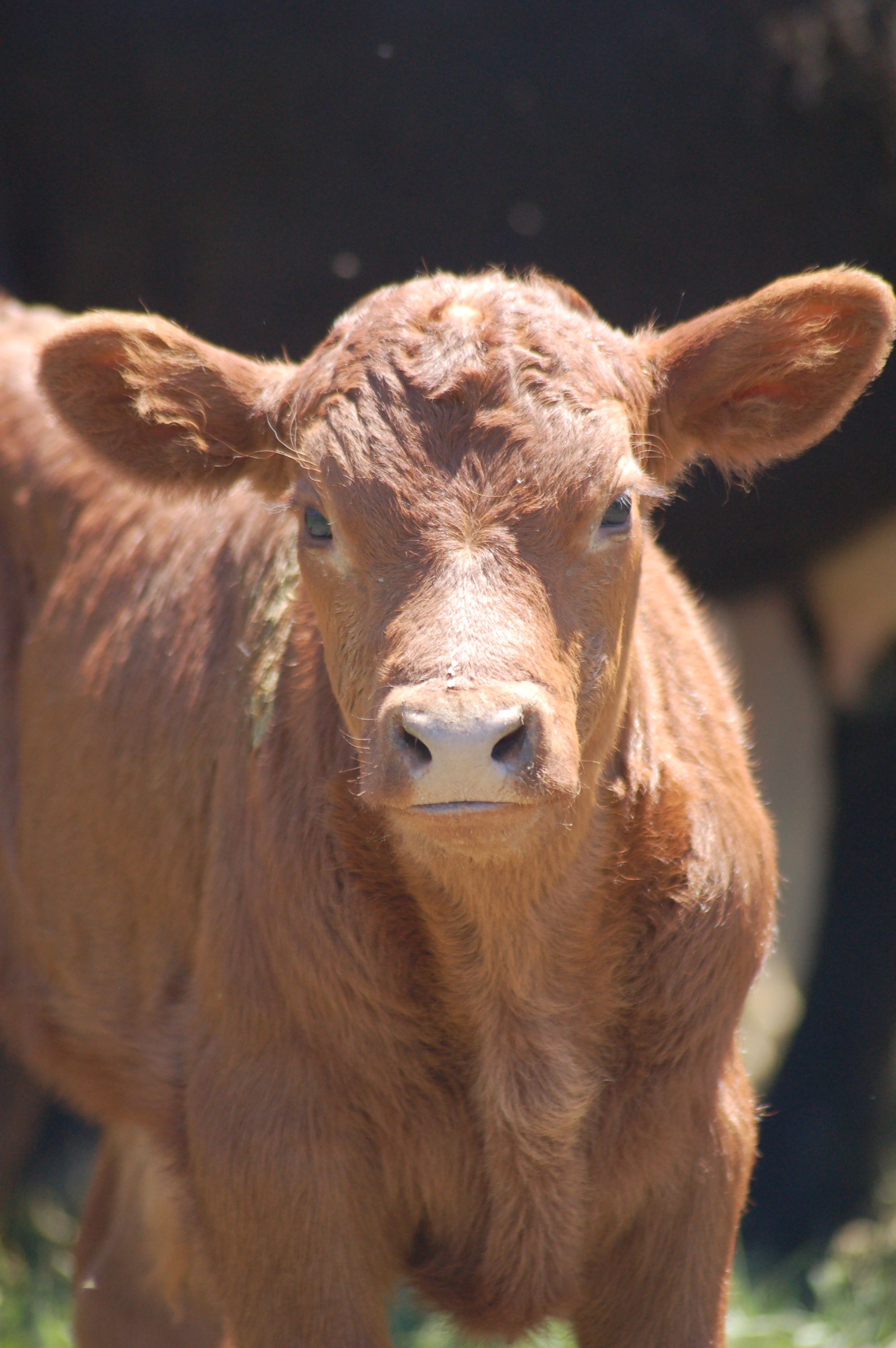Livestock production - Idaho's largest agricultural sector.
DAIRY
Idaho’s No. 1 Ag Industry
Idaho’s annual milk yield—more than 13 billion pounds— is valued at over $2.2 billion, making dairy Idaho’s top agriculture industry. Idaho is the nation’s third largest cheese producer, meeting demands for Cheddar, Colby Jack, Mozzarella, and Italian style cheeses, Cream cheese, Cottage cheese, and pasteurized processed cheese. Over 800 million pounds of cheese is produced in Idaho each year.
Other Idaho dairy products include dry whey, whey protein, whey protein isolate, whey protein fractions, permeate, lactose, and deproteinized whey. Dry milk products produced in Idaho include non-fat dry milk, skim milk and whole milk powders, milk protein, cheese powders, and dry buttermilk. Other milk products available in Idaho are butter, dry cream, sour cream, dry milk calcium, ice cream, and ice cream mixes. Furthermore, Idaho is home to the largest state-of-the-art yogurt plant in the world.
BEEF
Ranching in a state with more cows than people
Idaho ranks 13th in the U.S. for cattle and calves inventory, with more than 2.1 million animals raised by 7,500 beef cattle operations. Most operations are family-owned. Idaho ranchers produce many types of beef, including grain-fed, grass-finished, organic, and natural. We’re home to one of the nation’s largest producers of American-style Kobe beef, which is distributed to high-end restaurants, hotels, and retail chains around the world.
Idaho’s beef industry is supported by the Nancy M. Cummings Research, Extension and Education Center—Idaho’s primary cow-calf and forage research station that provides land and facilities for beef cattle research on a working ranch. The Center also provides continuing education opportunities through animal and environmental studies designed to benefit the livestock industry in the Intermountain West. Current research focuses on reproductive efficiency, feed efficiency, extended grazing seasons, and wintering systems.
Other Idaho beef facts
- Idaho is home to three of the top 15 seedstock operations in the U.S.
- The 2nd largest cow/calf operation in the country is based in Idaho with more than 30,000 mother cows.
- Idaho has two of the top 10 feeding operations in the U.S.
- The 10th largest beef processing operation in the U.S. is headquartered in Boise, Idaho.

SHEEP & LAMBS
A Rich Part of Idaho’s Agricultural Legacy
Raising sheep is one of Idaho’s oldest agricultural traditions. Our inventory—at 210,000 head— puts Idaho among the top 10 states for sheep and lambs. Our annual wool production totals five million pounds. The U.S. Department of Agriculture’s Agricultural Research Service, in partnership with the University of Idaho, operates the U.S. Sheep Experiment Station (USSES) in Dubois, Idaho. The USSES is the only ARS research facility in the U.S. dedicated to sheep research, including the study of range management under varied topographical conditions.
PORK
Globally-recognized quality
Idaho’s pork processing history dates back to 1904. Our processors primarily focus on specialty items like cured meats, fresh sausage, natural pork, and Kurobuta pork, celebrated across the globe for its marbling and rich flavor.
AQUACULTURE
Aquaculture in the arid west
Idaho is renowned for its idyllic fly fishing rivers, but we’re also a leader in commercial aquaculture. We supply 70% of commercial trout production in the U.S., making Idaho the No. 1 trout-producing state in the country. We’re also producers of sturgeon meat, caviar, tilapia, catfish, and ornamental fish. Idaho’s aquaculture agribusinesses are leading the way in industries that support fish research and technology, disease control, quality control, and feed manufacturing.
Idaho’s private aquaculture businesses have invested significantly in research. Additionally, the University of Idaho’s Aquaculture Research Institute works with the U.S. Department of Agriculture’s Agricultural Research Service to conduct a range of studies in the Magic Valley—the heart of Idaho’s commercial aquaculture operations. The station studies high-performance alternatives to fishmeal, methods for increasing nutrient retention in farmed fish products, and reducing aquaculture-related impacts on the environment. Increasing nutrient retention, meaning the use of nutrients in feeds to support fish growth, is another research thrust that has both economic and environmental benefits. The station’s close proximity to the Snake River and to aquaculture businesses provides mutually beneficial opportunities for industry partnerships in aquaculture research.
